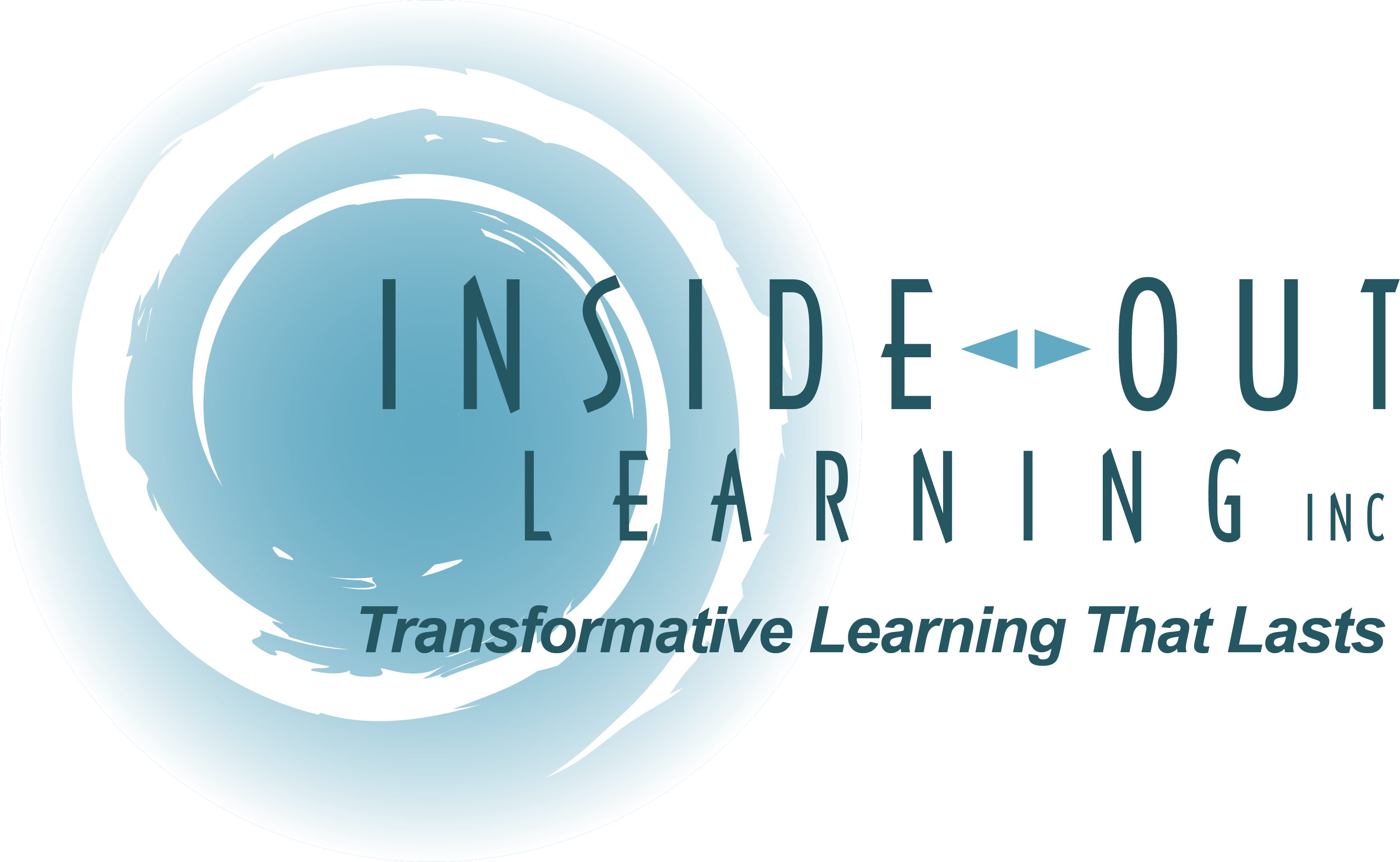What To Do About Your Company Culture In 2022 And Beyond
What To Do About Your Company Culture In 2022 And Beyond
Written by: Aram Lulla, Forbes Councils Member
Aram Lulla is President, AF | HR | IT Divisions at Lucas Group.
getty
With omicron putting return-to-office plans on hold (again), HR teams face a familiar struggle. How do we sustain company culture when we’re all sick of Zoom and the risk for a burned-out employee exodus continues?
There are no easy solutions, but there’s a fresh urgency to find an effective approach. The longer we work remotely, the more it can feel like we’re operating in a silo. In the face of a relentless pandemic, we’re increasingly disconnected from our co-workers and our company’s mission. At the same time, hybrid work models are fast becoming the norm. We’re looking at a future where teams may never again be together in the same location for five days a week, 52 weeks a year. Flatter, non-hierarchical company structures and project-based assignments are changing how employees interact.
All these shifts mean that how we build company culture is undergoing a period of rapid transformation. Is your team prepared?
What Makes Up Your Company’s Culture?
One way to think about company culture is to imagine three buckets. In the first bucket are what MIT professor emeritus Edgar Schein calls “artifacts.” These include your company’s physical office space, logos and brand colors as well as smaller items, like the personalized coffee cups you give to new hires. In the second bucket are “sayings.” These are the words or phrases that company leaders and management speak, plus the voice or tone delivering these sayings. The final bucket is the deeper values driving decision-making, like inclusivity, honesty and collaboration. Company culture is the sum of all the decisions leaders and their teams make each day that bring these values to life.
When we think about company culture this way, we see that it’s much more than the happy hours or retreat weekends the pandemic has canceled. The same goes for the physical workspace and the artifacts contained within it. These are useful signposts and visual cues, but they’re not the be-all, end-all. What matters are the deeper beliefs, plus the habitual practices that bring these beliefs to life.
Should these practices evolve because of the pandemic? Absolutely. Here’s where to start:
1. Over-communicate.
No, I don’t mean you should add even more Zoom invites to your employees’ calendars. What I do mean is that senior leadership needs to be vocal and visible. Your company is made of humans with very real fears and worries, and right now, many are mentally and emotionally drained. What feels like over-communication to you may feel like the bare minimum for your team. Your employees need more than the occasional “Covid status update email.” They need genuine dialogue.
For example, some may feel anxious about current return-to-office plans. What options exist for employees to express these concerns or ask questions? How will leadership address these concerns so employees feel heard and their needs are met? The solutions may be different for every company, but the starting point is the same: open communication channels.
2. Create connection.
Awkward Zoom happy hours may be a relic of the early pandemic days, but that doesn’t mean video chats are over. As humans, we naturally crave meaningful connection and to be fully seen by the people around us. A bi-weekly or monthly “coffee date” does both. Randomly pair up employees across teams and divisions for a 30-minute, one-on-one virtual coffee date. It’s a chance for employees to share what they’re working on, helping everyone have greater visibility into projects across the company and what another co-worker’s day may be like. Include a list of conversation starters or get-to-know-you questions for a more personal connection.
3. Live your values.
A decade ago, tech startups famously promoted a “work hard, play hard” culture. Sure, employees might grind out 12-plus hour days, but with catered lunches, foosball tables and beer on tap, life and work seamlessly blended into one dynamic experience. Over the last two years, we’ve witnessed a shift to a different type of culture, one centered on a “work hard, be good people” approach. It’s a reminder to put the human back in HR. Work is just one part of a whole person, but an individual’s work life has a tremendous impact on their lived experience.
This is a “practice what you preach” moment to live your company’s values and build deeper trust and loyalty with your employees. This might mean offering financial stipends to help parents offset childcare costs. It could mean offering free or low-cost access to mental health resources. My company recently gave everyone the last week of December off, encouraging the whole company to disconnect so we could come back refreshed and recharged for the new year.
As 2022 continues to unfold, the role of HR has never been more critical. How we build and sustain company culture will be key to creating the outstanding employee experience that attracts, retains and engages your top performers for business success.
Forbes Human Resources Council is an invitation-only organization for HR executives across all industries. Do I qualify?
via Forbes – Leadership “https://ift.tt/cFBqM3dDk”
February 2, 2022 at 04:02AM
